Seeing alerts about Generic.malware.ai.dds on your computer? Don’t panic — in this article, we’ll explain everything you need to know about this malicious program, including how it infects your device, what kind of damage it can cause, and how to remove it completely to keep your data safe.
Generic.malware.ai.dds Malware
Generic.malware.ai.dds is a deceptive and harmful Trojan virus that pretends to be a genuine Adobe Reader installer. Once it slips into your system, it runs silently in the background and begins downloading and executing other dangerous files without asking for permission. It’s categorized as a “downloader Trojan” because its main purpose is to install more complex malware such as spyware, ransomware, or information-stealing programs.
Experts have discovered that Generic.malware.ai.dds typically spreads through fake software updates, pirated programs, or freeware bundles obtained from unreliable sites. Many users end up with this Trojan after opening infected email attachments or downloading “free” applications that secretly include it in the installation package.
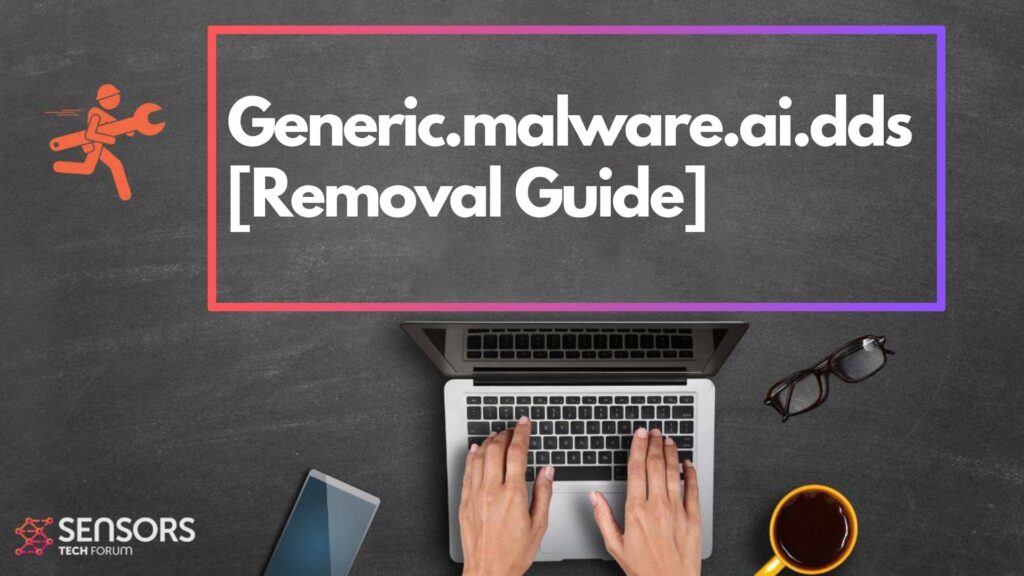
Generic.malware.ai.dds Details
| Type | Fake adult website. Browser Hijacker, Redirect, PUP |
| Removal Time | Around 5 Minutes |
| Removal Tool |
See If Your System Has Been Affected by malware
Download
Malware Removal Tool
|
Generic.malware.ai.dds Loader – Why Is It on My System?
If your antivirus reports “Generic.malware.ai.dds Loader,” that means your computer has already been compromised. This variant often hides inside cracked software, counterfeit update tools, or activation utilities that look legitimate. Because it can disguise itself as a normal process, it may remain active for a long time without showing visible symptoms while performing harmful operations in the background.
Researchers have found that the Generic.malware.ai.dds Loader infection commonly spreads via torrent networks, fake download buttons, and malicious advertising banners. Once it runs, it establishes a connection to remote hacker-controlled servers, granting attackers the ability to monitor your activities, steal your personal data, or push additional malware into your system remotely.
Key Features and Risks of Generic.malware.ai.dds Malware
Distributing Other Malware
Generic.malware.ai.dds serves as a tool for cybercriminals to spread more malware onto infected devices. It downloads and installs dangerous programs like ransomware, keyloggers, and banking Trojans, using fake system pop-ups or exploit kits to deliver these payloads undetected.
System Manipulation
Once it infects your device, the Trojan modifies essential registry keys and alters system files to make sure it automatically starts when the computer boots. It uses advanced hiding mechanisms and code encryption to prevent detection by most antivirus products.
Stealing Sensitive Data
Generic.malware.ai.dds’s primary purpose is to steal private information such as login credentials, online banking details, and stored passwords. It can monitor your keyboard activity, track browser behavior, and even capture screenshots of your desktop. All collected data is transmitted to remote servers where it’s either exploited directly or sold for profit.
Hacker Control and Exploitation
After establishing a connection with its command-and-control server, the Trojan enables attackers to remotely manage the infected machine. They can send commands, install new malware, or use your system for illicit purposes like spam distribution, crypto-mining, or botnet attacks — all of which occur quietly without you realizing it.
Preparation before removing Generic.malware.ai.dds.
Before starting the actual removal process, we recommend that you do the following preparation steps.
- Make sure you have these instructions always open and in front of your eyes.
- Do a backup of all of your files, even if they could be damaged. You should back up your data with a cloud backup solution and insure your files against any type of loss, even from the most severe threats.
- Be patient as this could take a while.
- Scan for Malware
- Fix Registries
- Remove Virus Files
Step 1: Scan for Generic.malware.ai.dds with SpyHunter Anti-Malware Tool
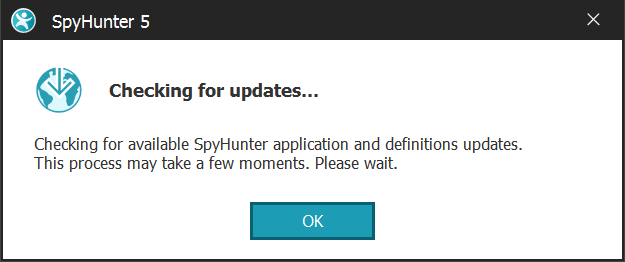
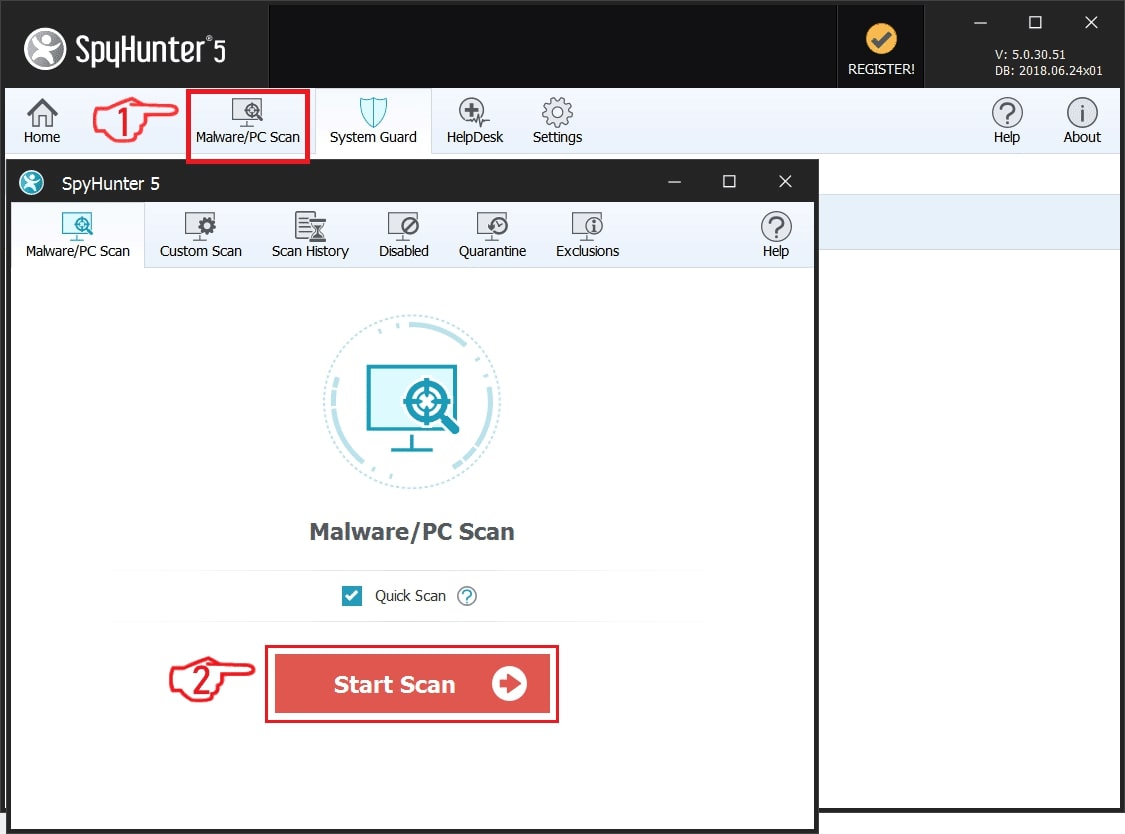
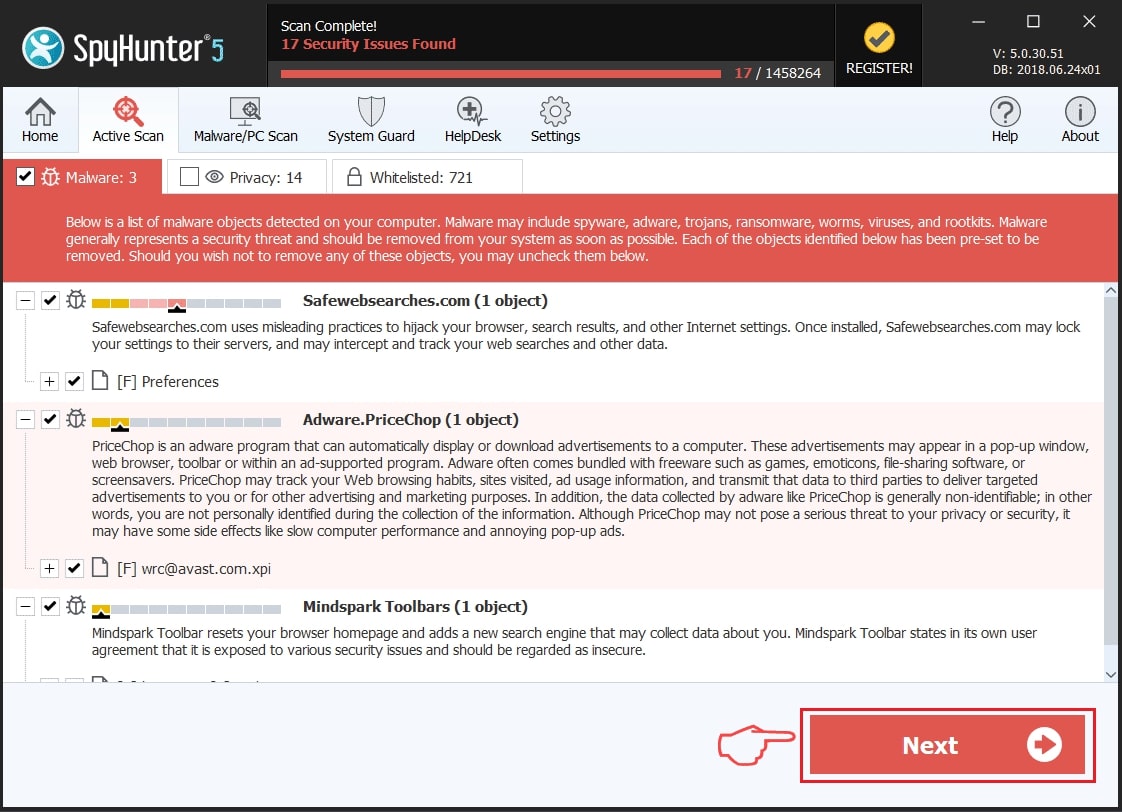
Step 2: Clean any registries, created by Generic.malware.ai.dds on your computer.
The usually targeted registries of Windows machines are the following:
- HKEY_LOCAL_MACHINE\Software\Microsoft\Windows\CurrentVersion\Run
- HKEY_CURRENT_USER\Software\Microsoft\Windows\CurrentVersion\Run
- HKEY_LOCAL_MACHINE\Software\Microsoft\Windows\CurrentVersion\RunOnce
- HKEY_CURRENT_USER\Software\Microsoft\Windows\CurrentVersion\RunOnce
You can access them by opening the Windows registry editor and deleting any values, created by Generic.malware.ai.dds there. This can happen by following the steps underneath:
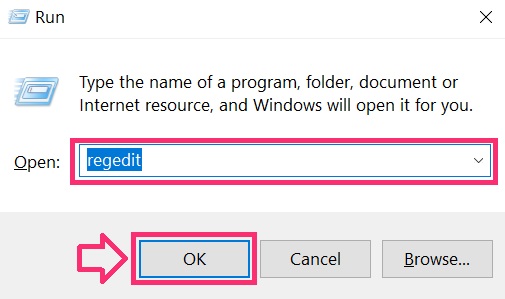

 Tip: To find a virus-created value, you can right-click on it and click "Modify" to see which file it is set to run. If this is the virus file location, remove the value.
Tip: To find a virus-created value, you can right-click on it and click "Modify" to see which file it is set to run. If this is the virus file location, remove the value.Step 3: Find virus files created by Generic.malware.ai.dds on your PC.
1.For Windows 8, 8.1 and 10.
For Newer Windows Operating Systems
1: On your keyboard press + R and write explorer.exe in the Run text box and then click on the Ok button.
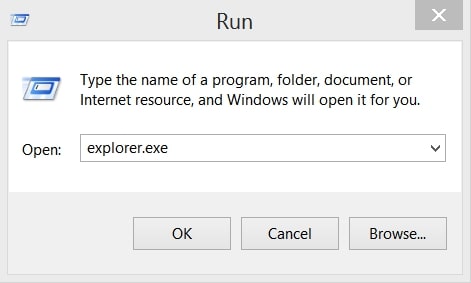
2: Click on your PC from the quick access bar. This is usually an icon with a monitor and its name is either “My Computer”, “My PC” or “This PC” or whatever you have named it.
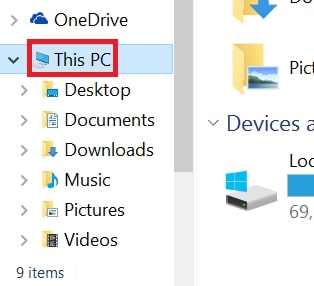
3: Navigate to the search box in the top-right of your PC's screen and type “fileextension:” and after which type the file extension. If you are looking for malicious executables, an example may be "fileextension:exe". After doing that, leave a space and type the file name you believe the malware has created. Here is how it may appear if your file has been found:
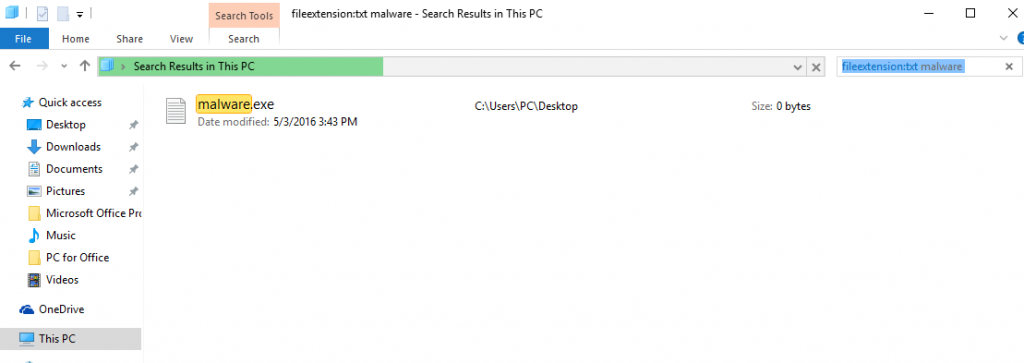
N.B. We recommend to wait for the green loading bar in the navigation box to fill up in case the PC is looking for the file and hasn't found it yet.
2.For Windows XP, Vista, and 7.
For Older Windows Operating Systems
In older Windows OS's the conventional approach should be the effective one:
1: Click on the Start Menu icon (usually on your bottom-left) and then choose the Search preference.

2: After the search window appears, choose More Advanced Options from the search assistant box. Another way is by clicking on All Files and Folders.
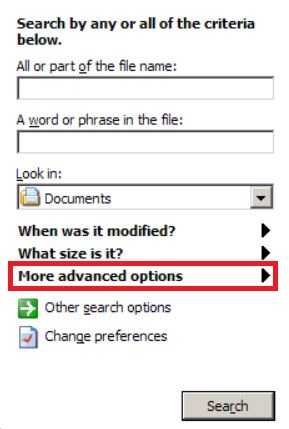
3: After that type the name of the file you are looking for and click on the Search button. This might take some time after which results will appear. If you have found the malicious file, you may copy or open its location by right-clicking on it.
Now you should be able to discover any file on Windows as long as it is on your hard drive and is not concealed via special software.
Generic.malware.ai.dds FAQ
What Does Generic.malware.ai.dds Trojan Do?
The Generic.malware.ai.dds Trojan is a malicious computer program designed to disrupt, damage, or gain unauthorized access to a computer system. It can be used to steal sensitive data, gain control over a system, or launch other malicious activities.
Can Trojans Steal Passwords?
Yes, Trojans, like Generic.malware.ai.dds, can steal passwords. These malicious programs are designed to gain access to a user's computer, spy on victims and steal sensitive information such as banking details and passwords.
Can Generic.malware.ai.dds Trojan Hide Itself?
Yes, it can. A Trojan can use various techniques to mask itself, including rootkits, encryption, and obfuscation, to hide from security scanners and evade detection.
Can a Trojan be Removed by Factory Reset?
Yes, a Trojan can be removed by factory resetting your device. This is because it will restore the device to its original state, eliminating any malicious software that may have been installed. Bear in mind that there are more sophisticated Trojans that leave backdoors and reinfect even after a factory reset.
Can Generic.malware.ai.dds Trojan Infect WiFi?
Yes, it is possible for a Trojan to infect WiFi networks. When a user connects to the infected network, the Trojan can spread to other connected devices and can access sensitive information on the network.
Can Trojans Be Deleted?
Yes, Trojans can be deleted. This is typically done by running a powerful anti-virus or anti-malware program that is designed to detect and remove malicious files. In some cases, manual deletion of the Trojan may also be necessary.
Can Trojans Steal Files?
Yes, Trojans can steal files if they are installed on a computer. This is done by allowing the malware author or user to gain access to the computer and then steal the files stored on it.
Which Anti-Malware Can Remove Trojans?
Anti-malware programs such as SpyHunter are capable of scanning for and removing Trojans from your computer. It is important to keep your anti-malware up to date and regularly scan your system for any malicious software.
Can Trojans Infect USB?
Yes, Trojans can infect USB devices. USB Trojans typically spread through malicious files downloaded from the internet or shared via email, allowing the hacker to gain access to a user's confidential data.
About the Generic.malware.ai.dds Research
The content we publish on SensorsTechForum.com, this Generic.malware.ai.dds how-to removal guide included, is the outcome of extensive research, hard work and our team’s devotion to help you remove the specific trojan problem.
How did we conduct the research on Generic.malware.ai.dds?
Please note that our research is based on an independent investigation. We are in contact with independent security researchers, thanks to which we receive daily updates on the latest malware definitions, including the various types of trojans (backdoor, downloader, infostealer, ransom, etc.)
Furthermore, the research behind the Generic.malware.ai.dds threat is backed with VirusTotal.
To better understand the threat posed by trojans, please refer to the following articles which provide knowledgeable details.

